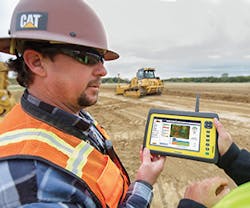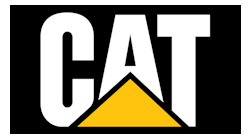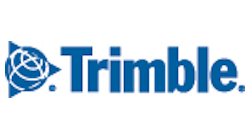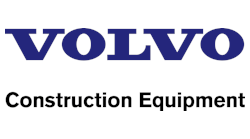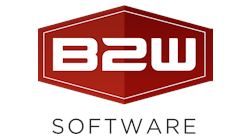Advances in machine control systems enable us to speed the flow of information between servers in the office and machines and rovers on the job site. Machine control has received a more enthusiastic response in the industry than telematics, primarily because it brings money to the bottom line in a more direct way. As contractors learn what data is available on telematics systems, they’re expanding their use of those systems as well.
Progress at Cat
“Caterpillar has been using Product Link, our telematics system, to help customers manage the health of their machines for over 15 years,” says Dave Stafford, a market professional at Caterpillar. He says Product Link is about providing timely information that helps the customer to make informed decisions to improve in some aspect of his business. More and more Caterpillar customers see the benefits of the automated and often-analyzed data from Product Link compared to the manual way data has been historically compiled.
“We are continually improving in the area of the connected work site,” says Stafford. “As more customers begin to adopt this capability and the more unique customer job-site challenges we face and solve, more innovations occur. Today we have the ability to provide what we call 2D productivity data. Basically this is automatic tracking of load counts and cycle times. This can help the customer understand the efficiency of his operation and can tell if the fleet is optimized.
“In addition, along with our technology partner Trimble, we also have the ability to provide 3D productivity data. This takes data from our 3D AccuGrade or Cat Grade Control systems and radios the data off board to the customer’s office. Progress can be viewed via Cat’s VisionLink website. The data is also viewable when the customer logs in to VisionLink via his smartphone or tablet in the field. Productivity data would include load counts, cycle times, volume calculation, and compaction data. Other information viewable via the mobile device includes machine location, health, maintenance, hours, fuel level and use, and any alerts the customer has set up.
Stafford offers this example of 2D productivity: One customer monitored his operation with these tools and found that his machines on the job were 40% under-utilized. He redeployed several machines to another job site, was able to maintain production rates with the reduced fleet and had a five-figure daily savings. That is not to mention the increase in productivity on the area of the job that those other machines were sent. Automating the load counts is much more accurate than hand tabulation that is typical on a job site. This detailed level of machine utilization is really not normally visible to the customer without the Product Link data.
Another example: A county road commission wanted to know where their motor graders were actually grading the road. Normally in Vision Link (the website where you view Product Link data), you can see the machines on the map and there is a bread crumb trail that tells where and when a machine is in a particular location. But normally in that case, one cannot tell if the machine is working the road or just traveling on the road. The Cat dealer installed switches into the lift cylinders of the blade and connected them to the Product Link hardware. Now, Product Link monitors the machine and when the blade is on the ground and the machine is moving, the customer gets an alert that the road is being graded in that location. This helps the county monitor the productivity of the grader.
Product Link has saved engines from catastrophic failure, because the system monitors faults as they occur. “One time we received a low oil pressure fault into the system,” says Stafford. “The machine was shut down before the problem escalated and for the cost of a new gasket, the engine was saved, instead of the expense of a rebuild.”
Machine Control at Caterpillar Caterpillar’s latest benefit in Machine Control is innovation through integration, according to Scott Hagemann, market professional at Caterpillar. “From the factory, we now offer a D6T Cat Grade Control offering that uses dual cab mounted GNSS antennas and position sensing cylinders to control the elevation of the blade. While using these built-in components, we optimize the performance for the machine by monitoring the track slip to maintain desired blade loads. This allows the operator to use automatics on the machine from the time he gets it on the job. We also offer 3D track mapping data with this Cat Grade Control solution that allows customers to make timely decisions to keep work on schedule.”